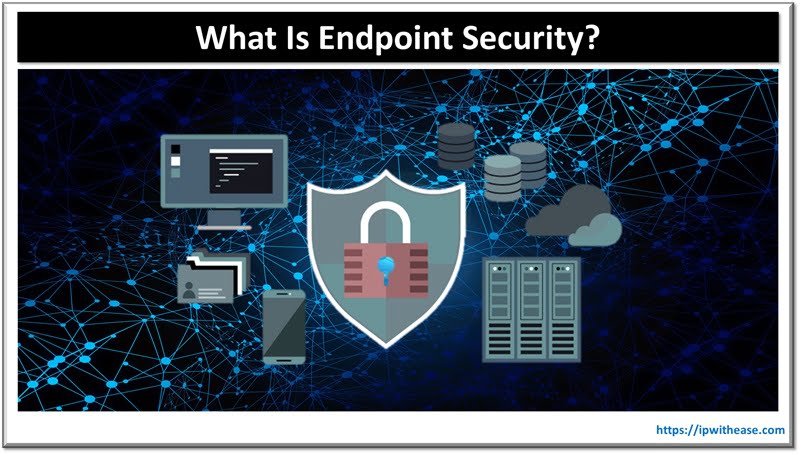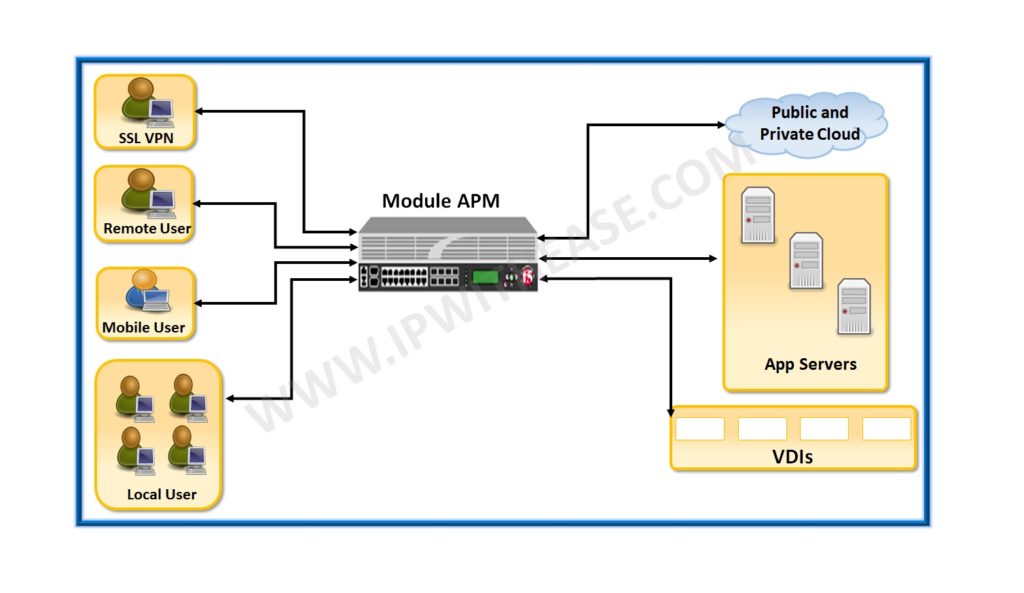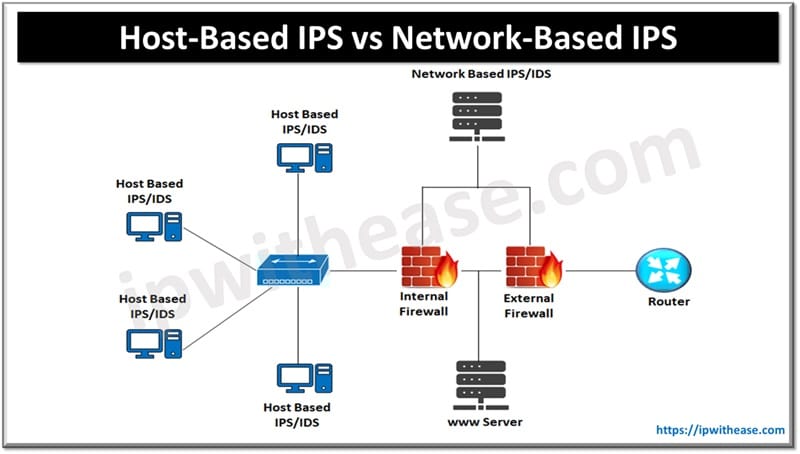Table of Contents
Endpoint Security
Endpoint security refers to the protection of individual devices, or “endpoints,” such as computers, smartphones, tablets, and servers, that connect to a network. These devices serve as entry points to a network, making them vulnerable to cyberattacks. Endpoint security aims to protect these devices from various threats like malware, ransomware, phishing, and unauthorized access.

Components of Endpoint Security
Key components of endpoint security include:
- Antivirus and Antimalware: Protects devices from malicious software.
- Firewalls: Monitors and controls network traffic to and from the endpoint.
- Intrusion Detection and Prevention: Identifies and blocks suspicious activities.
- Data Encryption: Ensures sensitive data is secure and unreadable to unauthorized parties.
- Application Whitelisting: Limits the programs that can run on the endpoint to reduce vulnerability.
- Patch Management: Regular updates to ensure that known vulnerabilities in software are fixed.
Endpoint security is crucial as more employees use personal devices for work, especially in remote environments, increasing the potential for cyberattacks.
How does it work?
Endpoint security works by securing individual devices that connect to a network, using a combination of software and hardware tools to protect against cyber threats. Here’s a detailed explanation of how it works:
1. Device Installation and Monitoring
- Security software is installed on each endpoint (laptops, desktops, mobile devices, etc.).
- This software continuously monitors device activity, network traffic, and application behavior for potential security threats like malware, phishing attempts, or unauthorized access.
2. Threat Detection and Prevention
- Antivirus/Antimalware: The software scans files and applications for known threats by comparing them to a database of virus signatures. It can also use heuristics or behavioral analysis to detect new or unknown threats.
- Firewalls: Local firewalls on the endpoint filter inbound and outbound traffic, preventing unauthorized communications.
- Intrusion Detection/Prevention Systems (IDS/IPS): These systems detect suspicious activities, like unusual login attempts, and can take actions like blocking traffic or alerting administrators.
Endpoint security services with this feature can promptly scrutinize device data and threats. This not only guarantees swift containment but also channels immediate remedial measures.
3. Access Control and Authentication
- Identity and Access Management (IAM) ensures that only authorized users and devices can access the network or sensitive data. This can include Multi-Factor Authentication (MFA), where users must provide multiple forms of identification (password, fingerprint, etc.).
- Application Control restricts which programs can be run on an endpoint, preventing unauthorized software from being executed.
4. Data Protection
- Encryption ensures that sensitive data stored on the endpoint or transmitted over the network remains secure. Even if data is compromised, it remains unreadable without the decryption key.
- Data Loss Prevention (DLP) tools monitor and control data transfers to prevent sensitive information from being leaked or stolen.
5. Patch Management
- Automatic updates are deployed to endpoints to patch vulnerabilities in the operating system and applications. This helps close potential security gaps before they can be exploited by attackers.
6. Centralized Management
- Endpoint security solutions often include a central management console where administrators can monitor the security status of all endpoints. This allows for centralized policy enforcement, incident response, and reporting.
- Endpoint Detection and Response (EDR) systems provide deeper insights into endpoint behavior, enabling rapid detection and remediation of sophisticated threats through a combination of automated and manual response actions.
7. Incident Response
- When a threat is detected, the endpoint security system may automatically quarantine the device, block malicious activity, or notify the security team. These responses help prevent further damage or the spread of the threat to other networked devices.
8. Cloud Integration
- Many modern endpoint security solutions are integrated with cloud-based platforms, providing real-time updates and protection. Cloud integration allows for scalable security across large organizations and enhances threat intelligence sharing.
Final Words
Endpoint security is not merely a segment but a crucial approach for safeguarding all devices connected to a network. It works by creating multiple layers of defense to protect each device connected to a network, ensuring that the entire network and sensitive data remain secure from cyber threats.
Related FAQs
Q. 1 What is the difference between endpoint security and traditional antivirus software?
Traditional antivirus software focuses on detecting and removing malware by scanning files and comparing them to known virus signatures.
Endpoint security, on the other hand, is a more comprehensive solution that includes antivirus but also protects against a wider range of threats, such as ransomware, phishing, unauthorized access, and exploits. It also includes features like firewalls, data encryption, intrusion detection, and centralized management for monitoring multiple devices.
Q. 2 Why is endpoint security important for businesses?
Endpoint security is crucial because endpoints (like laptops, smartphones, and servers) are the most vulnerable entry points for cyberattacks. With the increasing use of personal devices for work, remote work setups, and more sophisticated cyber threats, endpoints are prime targets for attackers. Breaches can lead to data theft, financial loss, or operational disruption. Endpoint security helps prevent these risks by protecting each device that connects to a business network.
Q. 3 What types of devices need endpoint security?
Any device that connects to a business network needs endpoint security. This includes:
– Desktop computers and laptops
– Smartphones and tablets
– Servers and virtual machines
– IoT (Internet of Things) devices
– Point-of-sale (POS) systems These devices are potential entry points for attackers, so they need to be protected.
Q. 4 How does endpoint security integrate with existing IT infrastructure?
Modern endpoint security solutions often come with centralized management systems that integrate with existing IT infrastructure. They allow IT admins to manage and monitor all devices from a single console, apply security policies, push updates, and respond to incidents across the entire network. Many endpoint security platforms also integrate with security information and event management (SIEM) systems and cloud environments to provide real-time protection and analytics.
Q. 5 How does endpoint security protect against ransomware?
Endpoint security uses several strategies to defend against ransomware:
– File scanning and behavior analysis: Detects and blocks known ransomware or suspicious file behaviors.
– Application whitelisting: Prevents unauthorized programs (like ransomware) from running.
– Backup and recovery: Some endpoint security solutions include data backup features, allowing for easy recovery of files in case of a ransomware attack.
– Threat intelligence and machine learning: Modern solutions use AI-driven models to detect and respond to new and evolving ransomware strains.
ABOUT THE AUTHOR
IPwithease is aimed at sharing knowledge across varied domains like Network, Security, Virtualization, Software, Wireless, etc.



